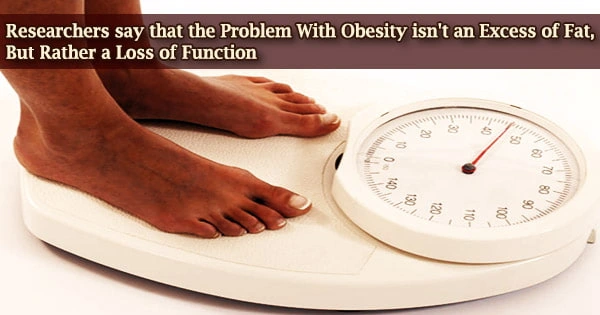Obesity is linked to cardiometabolic diseases such as hypertension and diabetes, however, blaming these illnesses only on an excess of fat is a fallacy. Obesity and overweight are now on the rise in poor and middle-income countries, particularly in metropolitan areas, while they were once thought to be an issue only affecting high-income countries.
Fat serves as a receptacle for energy storage at its most basic level, but it also plays a role in key internal functions such as the immunological response, insulin sensitivity management, and body temperature regulation.
Obesity and overweight are associated to more fatalities globally than underweight. Obesity outnumbers underweight persons in every region of the world, with the exception of sections of Sub-Saharan Africa and Asia.
Researchers claim in a paper published in the journal Cell on February 3rd that the bad health impacts of obesity arise not just from an excess of fat, but from a reduction in the body’s ability to adjust to changes or plasticity.
The central role of adipose tissue dysfunction in disease and the incredible plasticity of fat tissue supports the promise of modulating fat tissue phenotypes for therapeutic purposes. Many questions and opportunities for future discovery remain, which will yield new insights into adipose tissue biology and hopefully lead to improved therapies for human disease.
Claudio J. Villanueva
In response to weight fluctuations and age, the composition and function of this tissue varies. Fat loses its ability to respond to body cues as its plasticity reduces owing to age and obesity.
Environmental and societal changes associated with development, as well as a lack of supportive policies in sectors such as health, agriculture, transportation, urban planning, environment, food processing, distribution, marketing, and education, are often the cause of changes in dietary and physical activity patterns.
According to the present hypothesis, adipose tissue’s rapid expansion outpaces its blood supply, depriving fat cells of oxygen and resulting in an accumulation of cells that no longer divide.
This causes insulin resistance, inflammation, and cell death, as well as an uncontrolled lipid spill from these cells.
“The central role of adipose tissue dysfunction in disease and the incredible plasticity of fat tissue supports the promise of modulating fat tissue phenotypes for therapeutic purposes,” write the authors, led by Claudio J. Villanueva from the College of Life Sciences/David Geffen School of Medicine and Patrick Seale from Perelman School of Medicine at the University of Pennsylvania.
“Many questions and opportunities for future discovery remain, which will yield new insights into adipose tissue biology and hopefully lead to improved therapies for human disease.”
Research reported in this publication was supported by NIDDK at the National Institutes of Health, the UCLA Life Sciences Fund, and UCLA Graduate Council Diversity Fellowship. The authors declare no competing interests.





